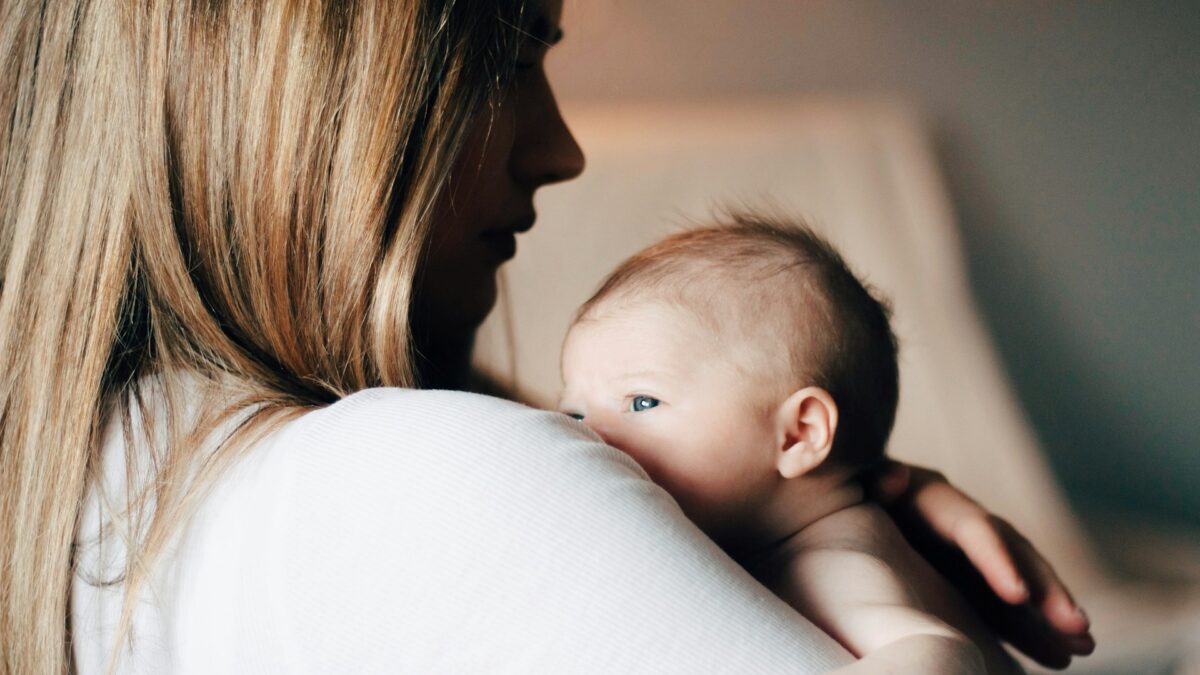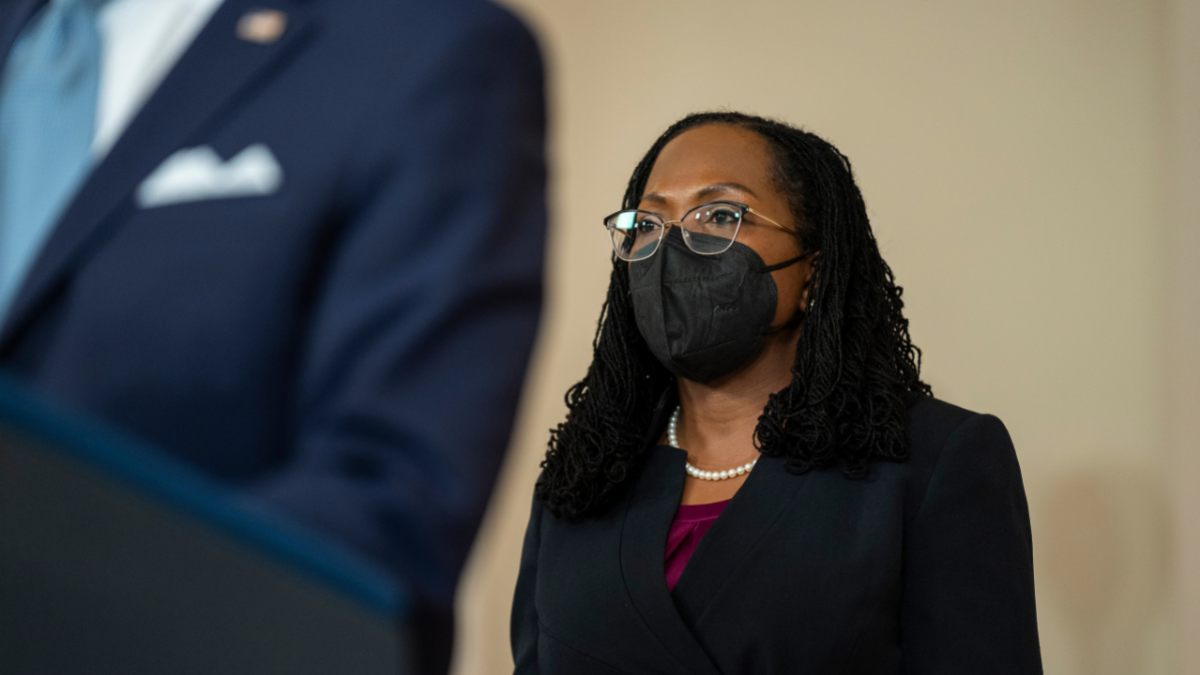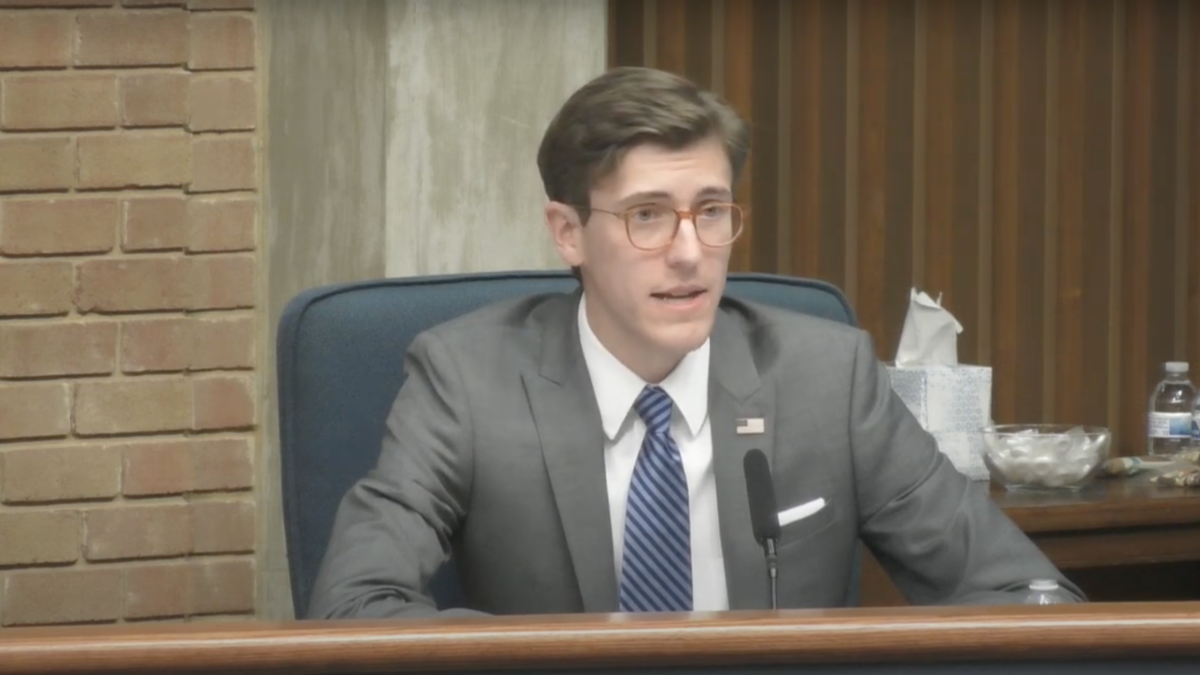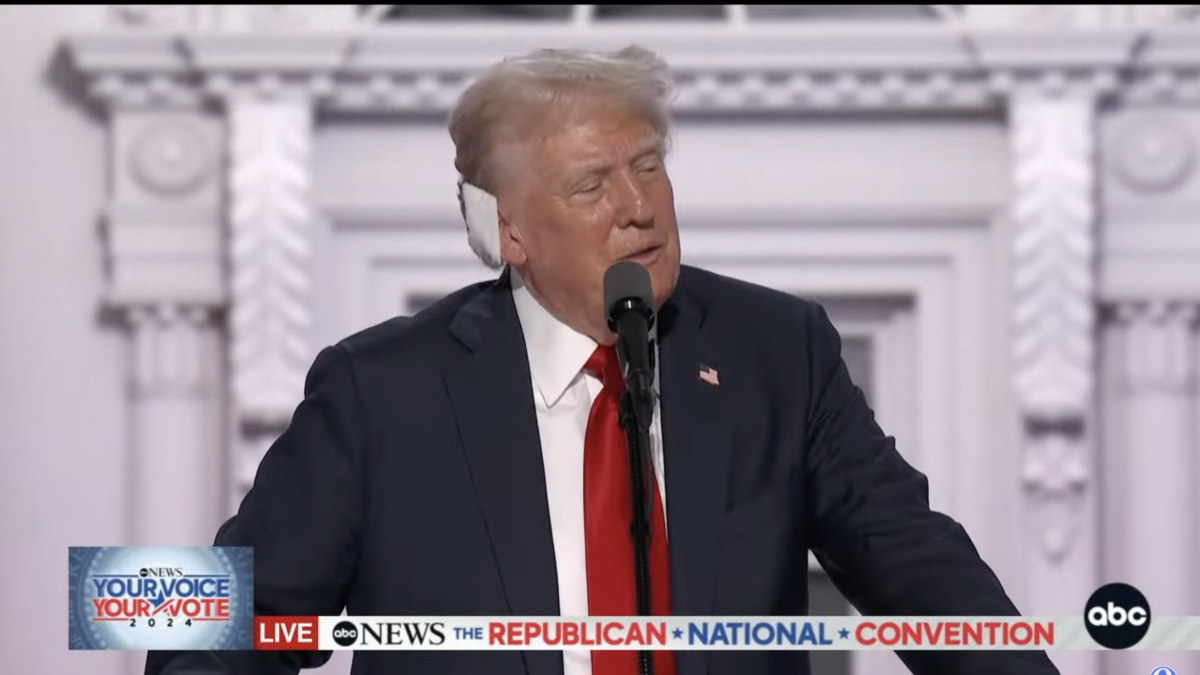“Should I have a baby?” reads the subject line of a recent newsletter email from Emily Oster, the economist-turned-parent advice expert who rose to fame by telling anxious moms-to-be they can stop freaking out about ingesting sushi or wine while pregnant. I clicked open her email last week to find this disheartening reader question of the week:
I’m 35 and so is my husband. We love our life, and our dog, and we do not have kids. We have many friends without kids who seem relatively happy, all things considered. We have some friends who have kids, and most seem more depressed than they were before they had kids. It is really, really, really hard for us to decide if we want to have a baby. It seems like having kids is outwardly presented as the meaning of life but privately experienced as a massive toll on life. No one can really tell you if they regret having kids, either. So I’m unclear on what the experience is really like for my friends who seem so isolated and blah. I’m worried about missing this shrinking window in which we could have a baby. I’m worried about having a baby and being unhappy. How do people who haven’t just always wanted to be parents make this decision.
—Mid-30s with a Dog
While there is much to unpack here, from “a massive toll on life” to her “shrinking window,” it sounds like what “Mid-30s with a Dog” is really looking for is a proper cost-benefit analysis. And if our nation’s plummeting birthrate is any indication, she’s not alone.
It’s against this all too prevalent mindset that Harvard Ph.D.–holding economist Catherine Pakaluk set out write Hannah’s Children: The Women Quietly Defying the Birth Derth. Although much has been said about our country’s declining fertility and what we should do about it, Pakaluk took a different approach to unpacking the baby bust crisis.
Instead of studying the type of women who write to Emily Oster about babies impeding their happiness, Pakaluk traveled across the country to interview their exact opposite: college-educated women with five or more children. Many women she interviewed were also pregnant (with their sixth, seventh, or eighth baby) or were weighing the decision of adding babies to their brood — and not at the expense of their happiness but for the chance to expand it.
As both a social scientist with an economics degree and the mother of eight children herself, Pakaluk is uniquely positioned to study this question of why in a two-child world, trending to a one-child world, these women would choose to have such ridiculously large families. Pakaluk and her team interviewed women about not just their choices or circumstances but their motives, and the stories she shares in Hannah’s Children have a lot more to offer “Mid-30s with a Dog” than the aforementioned friends with children “who seem so isolated and blah.”
‘You Believe It’s Good’
Pakaluk is quick to debunk the two most prevalent assumptions about women who have higher fertility rates — they are either “uneducated” or “religious.” Both assumptions are not just dependent on a false confusion between correlation and causation, but imply the chauvinist view that these women either can’t make up their own minds or are “victims of patriarchal religious beliefs.” Yes, women with big families are usually religious, but not all religious women have lots of kids. In fact, most don’t. Yet all of Pakaluk’s subjects except for one did indeed attach a religious significance to their childbearing, but none said they made the choice because a religious leader instructed them to or because they were against artificial birth control. In fact, many of the women interviewed do use contraceptives such as the pill and IUDs.
As one of Pakaluk’s interviewees said, there’s a distinction between “saying you [have kids] because you’re Catholic, which implies … blind adherence,” and having children because you have “actually considered something … because you believe it’s good.” So, yes, Hannah’s Children is full of biblical exegesis, but it doesn’t provide the answer to the questions she set out to ask. As an economist, she’s more focused on using economic theories of choice to understand what kind of calculus these women use in planning their large families. She ditches the lazy answer of, “Oh they’re Catholic,” or “They’re Morman,” and instead considers gains, losses, and the value of adding (or not adding) a child.
Whether she is religious or not, this is where “Mid-30s with a Dog” might protest that she’s not debating having her fifth or sixth kid, but just the idea of having even a single kid. And I would suggest that if you are the type of woman surrounded by the all-too-prevalent (and too online) archetype of the stretched-too-thin and anxious working mom that seems to dominate Instagram Reels and New York Times headlines, then taking a charitable dive into the stories of women with seemingly supernatural strength who take child rearing to the extreme and still remain irrationally happy is only fair. And no, none of the women featured is of the influencer trad-wife variety. As far as I can tell, they keep having babies because they legitimately love babies, not because they’re looking to attract followers or a brand sponsorship.
A Different Kind of Valuation
Women make choices about having children based on “cost and benefits,” although not in the financial sense we usually associate with that term. “Women compare the subjective personal value of having another child with the subjective personal value of what they will miss out on if they have one,” she writes, while also acknowledging that these values won’t usually be quantifiable or even comparable across all women.
Of course, you don’t need to be an economist to make that observation. Any mother, of any number of children, has a crystal clear understanding of these economic theories, namely opportunity cost. As Danielle, one of the book’s interviewees and a former doctor-turned-full-time mother of six, pregnant with her seventh, succinctly put it, “Other things die.” Not only did her career die when she chose mothering full-time, but so did other things like eating at restaurants and going to museums alone on the weekend. Even the most basic goods such as sleep, comfort, and income are sacrificed. Those are all goods she valued but not “the goods that had the highest value for her and her family.”
This is the crux of Mid-30s with a Dog’s struggle, but if the women in Hannah’s Children could speak to the root of her problem, they would not likely say it’s her selfish desires that are fully to blame here. Plenty of these women testified to their own selfish nature impeding at some point in their decisions. Instead, Pakaluk found that these testimonies pointed to a larger societal shift in family-planning incentives, and she spills much ink arguing why the government’s cash incentives are unlikely to make a dent in fertility rates.
Sure, there was the initial shift in value that children once held for families, from a time when you needed to maximize the number of children to help on the farm or run the family business. But now with a decreased economic value of children, there are sinister shifts at play. Such as decreased religious formation and an increase in careers diminishing time at home with young children and the emotional rewards that come with that.
As Kyra, a mother of five, pointed out, “It’s hard to say what’s destroying families. But it’s not women doing more. It’s not women working. It’s not women being empowered. It’s taking all that and just putting so much on a woman and pulling away from the important things she was doing, acting like she wasn’t doing anything before.”
There is a common thread among Pakaluk’s subjects of entrusting their family size to God and his providence, but more than that was a different scale of values. Not just determining if they valued a career or their “identity” more, as the popular narrative goes, but attaching a different type of worth to a child — “that something was the kind of thing typically worth dying for: love for a beloved, love of God, love of eternal life, and the pursuit of happiness.”
Until women understand that kind of value a child holds for themselves and our nation at large, of course they will only consider a child’s value “a massive toll on life.”







